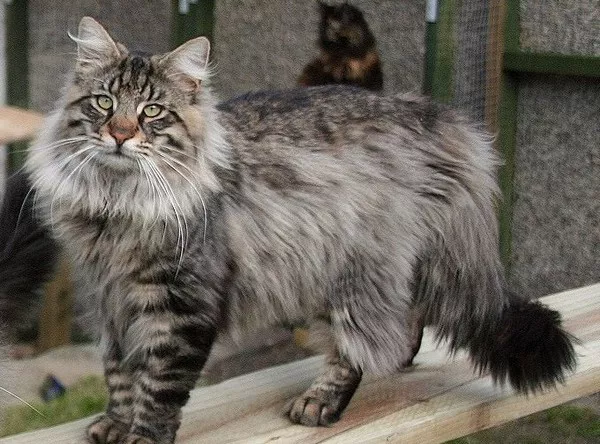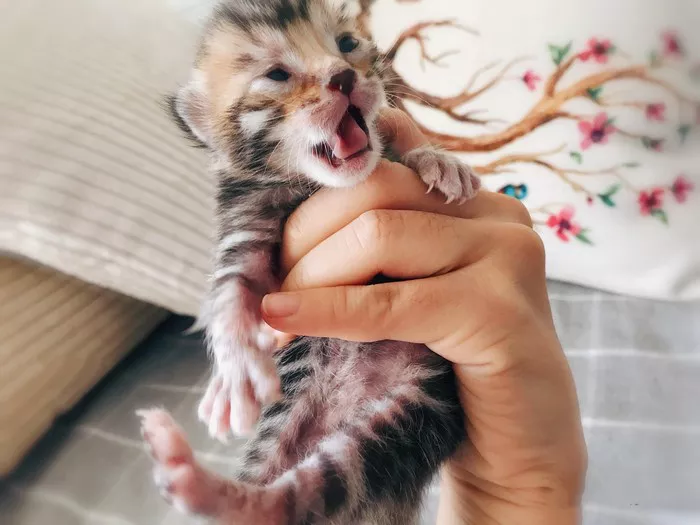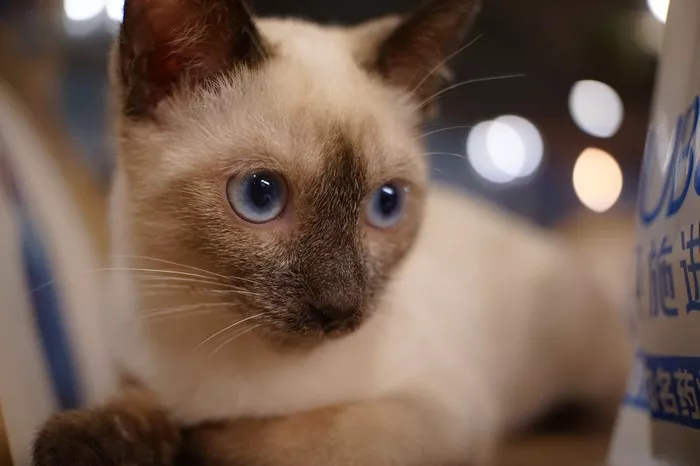The Norwegian Forest Cat, known for its magnificent appearance and resilient nature, requires a well-balanced and nutritious diet to support its overall health and vitality. As a breed with ancestral ties to the harsh Scandinavian climate, their dietary needs may differ from other cat breeds. In this article, we delve into the world of Norwegian Forest Cat nutrition, exploring their unique dietary requirements, optimal food choices, and feeding strategies to ensure they receive the nourishment they need to thrive.
1. Understanding the Norwegian Forest Cat’s Dietary Needs:
Norwegian Forest Cats have a robust and athletic build, requiring a diet that supports their active lifestyle and natural hunting instincts. Their dietary needs encompass the following key considerations:
a. High-Quality Protein: Norwegian Forest Cats are obligate carnivores, meaning they require a diet rich in animal-based protein. High-quality protein sources, such as chicken, turkey, fish, and meat, provide the essential amino acids necessary for their overall growth, muscle development, and energy.
b. Moderate Fat Content: While Norwegian Forest Cats have a dense, semi-longhaired coat, excessive fat consumption can lead to weight gain and potential health issues. A diet with moderate fat content, derived from quality animal sources, ensures optimal energy levels without promoting obesity.
c. Essential Fatty Acids: Fatty acids, particularly omega-3 and omega-6 fatty acids, are vital for maintaining healthy skin, coat, and overall immune function. Incorporating fatty acid-rich ingredients, such as fish oil or flaxseed, into their diet can support their coat’s lustrous appearance and promote skin health.
d. Adequate Fiber: Norwegian Forest Cats can benefit from a diet that includes moderate amounts of fiber to support healthy digestion and prevent gastrointestinal issues. Fiber-rich ingredients, such as fruits, vegetables, and whole grains, aid in proper bowel movement and can help prevent hairball formation.
e. Hydration: Adequate hydration is essential for Norwegian Forest Cats, as their ancestors thrived in a climate with limited water sources. Wet cat food or incorporating moisture-rich foods, such as raw or cooked meats, can help ensure they maintain proper hydration levels.
2. Commercial Cat Food Options:
a. High-Quality Dry Cat Food: Look for premium-quality dry cat food that is specifically formulated for active and longhaired breeds. Ensure that the primary ingredients are animal-based proteins and that the food contains essential nutrients, vitamins, and minerals to support overall health.
b. Wet Cat Food: Norwegian Forest Cats often enjoy wet cat food, which provides them with hydration and can be a valuable addition to their diet. Opt for high-quality wet cat food that includes quality protein sources and limited fillers or additives.
c. Raw or Homemade Diets: Some Norwegian Forest Cat owners opt for raw or homemade diets, which involve feeding fresh, uncooked meat, organs, and bones. If considering a raw or homemade diet, consult with a veterinarian or a feline nutritionist to ensure it meets the cat’s nutritional requirements and is balanced and safe.
3. Feeding Strategies:
a. Scheduled Meals: Norwegian Forest Cats generally benefit from scheduled meals rather than free-feeding. Dividing their daily food portion into two or three meals helps maintain a consistent eating routine and prevents overeating or weight gain.
b. Weight Management: Norwegian Forest Cats can be prone to obesity, so monitoring their weight and body condition is essential. Adjust their food portions according to their activity level, age, and individual metabolism. Consult with a veterinarian for specific guidance on portion sizes and feeding frequency.
c. Food Enrichment: Norwegian Forest Cats enjoy mental and physical stimulation during mealtime. Incorporate food enrichment activities, such as puzzle feeders or interactive toys, to engage their natural hunting instincts and provide mental stimulation.
d. Avoiding Toxic Foods: Some human foods are toxic to cats and should be avoided. These include onions, garlic, chocolate, caffeine, alcohol, and artificial sweeteners. Consult with a veterinarian for a comprehensive list of foods to avoid.
4. Special Dietary Considerations:
a. Allergies and Food Sensitivities: Norwegian Forest Cats, like any other breed, may develop allergies or food sensitivities. If you suspect your cat has dietary sensitivities, work with a veterinarian to identify potential allergens and formulate an appropriate elimination diet or recommend hypoallergenic commercial cat food options.
b. Health Conditions: Norwegian Forest Cats may be prone to certain health conditions, such as urinary tract issues or joint problems. In such cases, specialized diets recommended by a veterinarian can help address these specific needs and promote overall well-being.
5. Monitoring and Regular Veterinary Care:
Regular veterinary check-ups are crucial for monitoring the Norwegian Forest Cat’s overall health and nutritional status. Veterinarians can provide guidance on diet, identify any specific dietary requirements, and offer recommendations for dietary adjustments based on the cat’s age, weight, and individual needs.
Conclusion:
Proper nutrition plays a pivotal role in maintaining the health and well-being of Norwegian Forest Cats. By providing a balanced diet rich in high-quality protein, moderate fat, essential fatty acids, and adequate hydration, owners can support their cats’ unique dietary requirements. Selecting premium-quality commercial cat food or exploring raw or homemade diets under professional guidance ensures that Norwegian Forest Cats receive the necessary nutrients to thrive. Regular veterinary care, monitoring weight and body condition, and adapting feeding strategies to their individual needs contribute to their long-term health and overall happiness. Nourish your majestic Norwegian Forest Cat with care and attention, and enjoy the wonderful companionship they provide.


























